Last week’s Wellness Wednesday post focused on organic produce. This week we’re going to talk about another buzz topic. You’ve probably heard the three letters G-M-O tossed around a lot lately. I’m guessing you’ve probably heard them referred to in the negative, but a lot of people really don’t know what they are and why they may or may not be unhealthy.
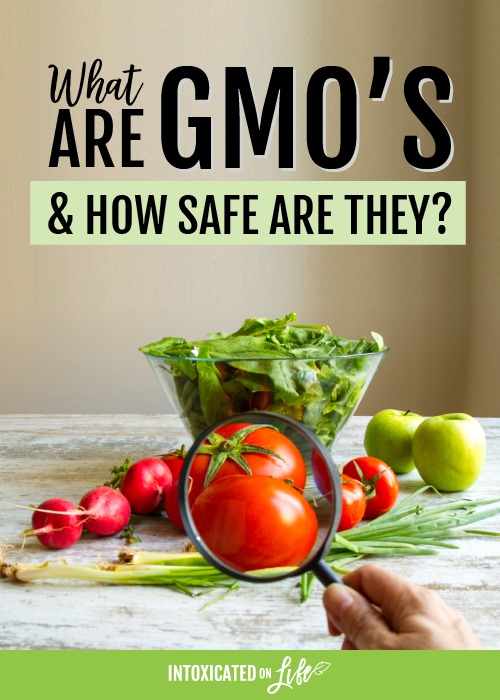
What are GMO’s?
GMO stands for Genetically Modified Organism. It sounds kinda scary, like it’s out of a Sci Fi movie, right? They actually are a little scary. It’s important to know about GMO’s because there are a number of plants that are genetically modified and they show up in a lot of our foods.
GMO’s are any organism that has had it’s DNA manipulated in such a way that genes from one organism is inserted into the DNA of another organism.
For those of you who don’t know about all of this science jargon, DNA is the blueprints or the control panel of every organism—plant, animal, virus, etc. The DNA holds lots of genes, each of these genes give the organism a job and tell it what to do.
Some people think genetically modifying is basically the same as cross-breeding. But, this is different—much different. Cross-breeding creates diversity within a species and is something that occurs in nature. Genetic modification is inserting genes from one species into that of another species. Animal, bacteria, or virus genes can be inserted to plant DNA.
The US government has approved the production and sale of GMO foods, but not all countries have followed suit. In fact, there are 60 countries that have either completely banned or put strong restrictions on GMO’s.
The American Academy of Environmental Medicine (AAEM) released a position paper on Genetically Modified foods stating, “GM foods pose a serious health risk.” They further stated, “several animal studies indicate serious health risks associated with GM food consumption including infertility, immune dysregulation, accelerated aging, dysregulation of genes associated with cholesterol synthesis, insulin regulation, cell signaling, and protein formation, and changes in the liver, kidney, spleen and gastrointestinal system. There is more than a casual association between GM foods and adverse health effects.” Ultimately, the AAEM called for a moratorium on GM foods.
Both the American Public Health Association as well as the American Nurses Association’s have released statements against the use of some GM foods as well.
The Problem with GMO’s
We don’t have the time to go into all of the problems with GMO’s in this short discussion, but here are 2 of the more concerning issues to me.
Many GMO’s have bacteria genes inserted into their DNA. This causes them to be resistant to many common herbicides allowing farmers to spray the plants more heavily with weed killer. This keeps the weeds at bay, but it means that these GMO plants are likely to be much more heavily coated with residual herbicides.
Many GMO’s are engineered in such a way that the plant produces its own built in insecticide. Again, a bacterial gene is inserted into the DNA of the plant which causes the plant to secrete this insecticide. Because the insecticide is produced from within the plant, no amount of washing will remove it from the plant.
Produce that is Likely a GMO
The following is a list of produce that is typically GMO if purchased within the United States. If you plan to eliminate all or most GMO foods from your diet you will have to eliminate processed foods as well (not a bad idea anyhow). Corn, canola, and soy are insidious in processed foods.
- Alfalfa
- Canola
- Corn
- Cotton
- Papaya
- Soy
- Sugar Beets
- Zucchini and Yellow Summer Squash
What do you think of GMO’s? Are you concerned about the presence of them in your family’s diet?

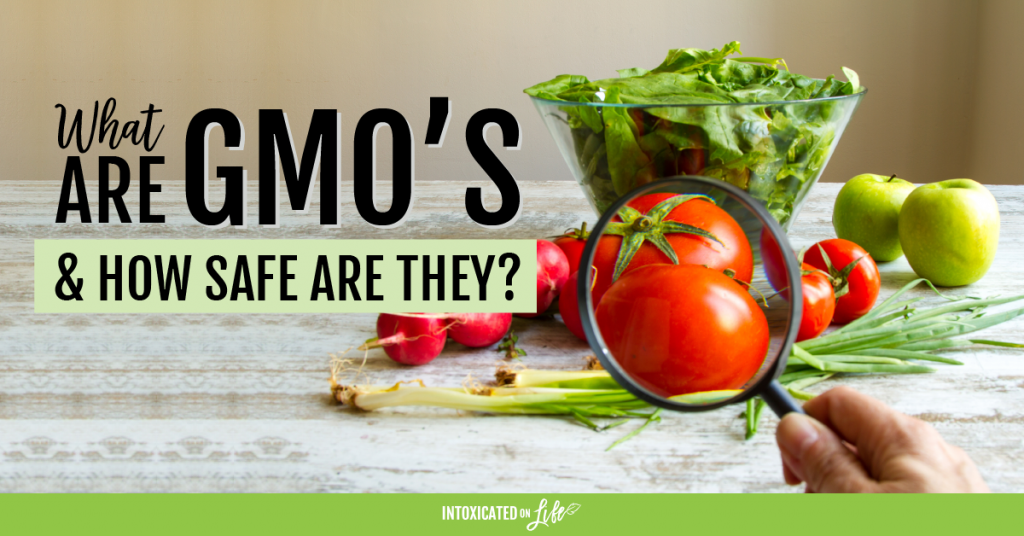
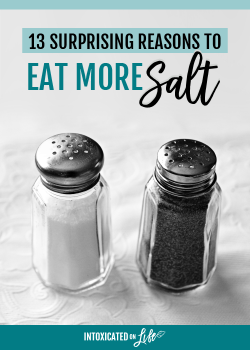
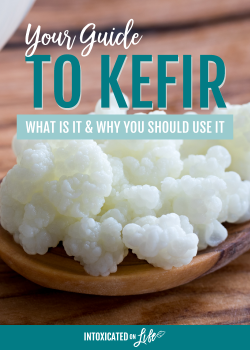
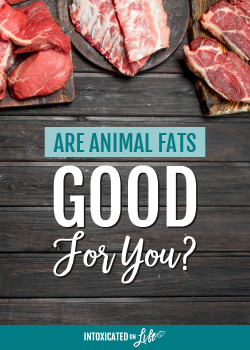



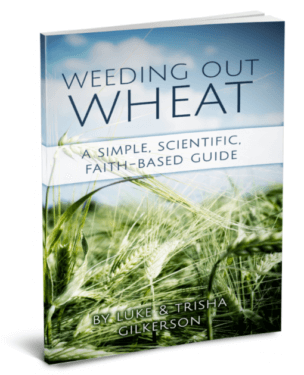
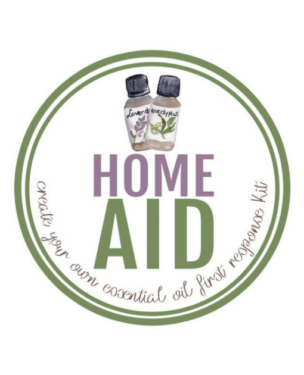

Thanks for the opportunity to link up!
Thanks so much for joining us! 🙂
Holy smokes, this list of GMO foods is scary. I’m concerned about eating GMO foods, yet, at the same time, there is only so much I can do. I’m trying to take an attitude of being as healthy as I can and as responsible as I can with our food budget, while at the same time, not causing myself worry or anxiety over that which I can’t control. It just amazes how more and more of our food is not “natural” food at all.
Not gonna lie – GMOs give me the freak out.
I dislike the idea of GMO foods on my plate. Unfortunately, I can’t control the labeling, I can simply be aware as I possibly can and adjust accordingly. A my mother said to me years ago, when discussing salmonella and botulism…honey, this is why we pray over our food. What was unclean, God can make clean.
So many of us buy wheat bread thinking it’s healthier for us… and it turns out to be no different that the white bread next to it on the shelf. I shared a post on how to know if your wheat bread TRULY is healthy, because there’s a 75% chance that it’s not. I also shared a post on sourdough – the 101 class covering all the basics on this amazing and delicious bread.